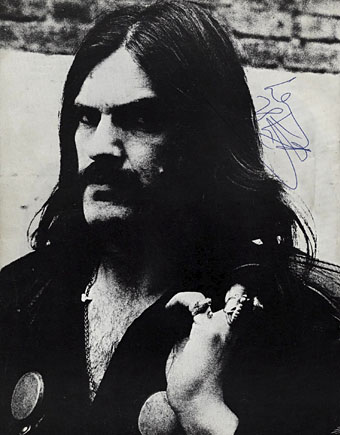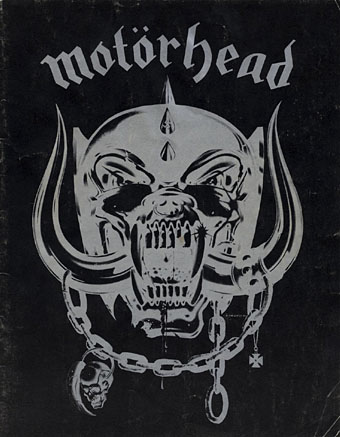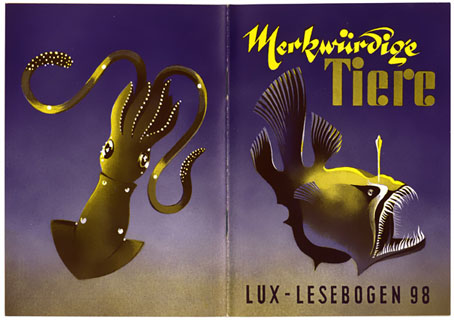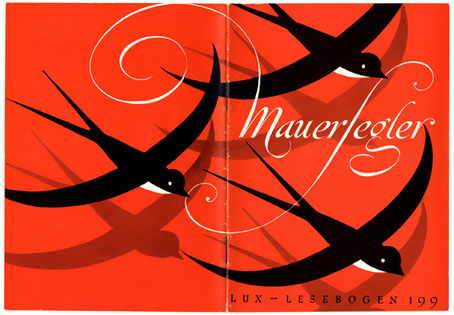
Photo by Motorcycle Irene.
It was very loud. The crowd roared and some yelled “It’s not loud enough!” Lemmy said “Oh” and turned his amp up more, before they went into Keep Us On The Road which was very loud until Lemmy’s amp gave up its internal struggle and was replaced on the run while Eddie (Clarke, the guitarist) played the riff over and over. At the end of the number earlier complaints bellowed “Turn it up, it’s not loud enough!” to which Lemmy rejoined—”I can’t get it no damn louder, shut your trap”. Never the less, the new amp was miked up thru the P.A., so Lost Johnny was very, very loud and The Watcher was louder still. At the end of it Lemmy apologized for being so quiet and said the band were as disappointed as everyone else about not being louder. Then they played Iron Horse, which was as loud as a Tube train running through your inner ear or as loud as the First World War if they crammed the whole thing together and held it in a phone booth.
Paul Sutcliffe, gig review, Sounds
Paul Sutcliffe’s quote is on the back page of a Motörhead tour programme from 1978, a publication that’s also the source of the moody signed portrait above. Despite hanging around with metal-heads and bikers in my idle youth I never got to see Motörhead live, the tour programme—signed by all three band members, and aptly titled All About Being Loud—was a gift from a friend. Years ago I scanned the whole thing and turned it into a PDF to send to another friend so I’ve uploaded it here. Most tour programmes are rather pedestrian affairs but the Motörhead one shows the band’s sense of humour, being a collection of quotes testifying to the loudness of their shows with the page backgrounds filled out by ads for hearing aids. The Q&A notes for each band member are also revealing for mentioning three songs from the psychedelic 60s. Lemmy always spoke of his fondness for classic rock’n’roll (Motörhead covered Louie Louie in their early days) but it’s a surprise seeing him list Sour Milk Sea by Jackie Lomax as his favourite single. His album choice—Back In The USA by The MC5—is more the kind of thing you’d expect. Eddie Clarke’s favourite single is Purple Haze, while the late Phil Taylor has Itchycoo Park by The Small Faces listed with Anarchy In The UK.

Art by Joe Petagno.
So I never got to see Motörhead play but in 1984 I did provide the cover art for Hawkwind’s Night Of The Hawks EP, a 12-inch single that featured Lemmy as guest bassist and vocalist on his first recording with the group after being sacked following a drug bust in 1975. I may no longer like the artwork but the EP was also dedicated to Barney Bubbles so it was a good thing to be involved with. As for Lemmy, everyone will be (and is) linking to Ace Of Spades but I’d offer Capricorn from the Overkill album as a memorial number. I always liked Jimmy Miller’s reverberant production, and the lyrics make it a musical self-portrait.



